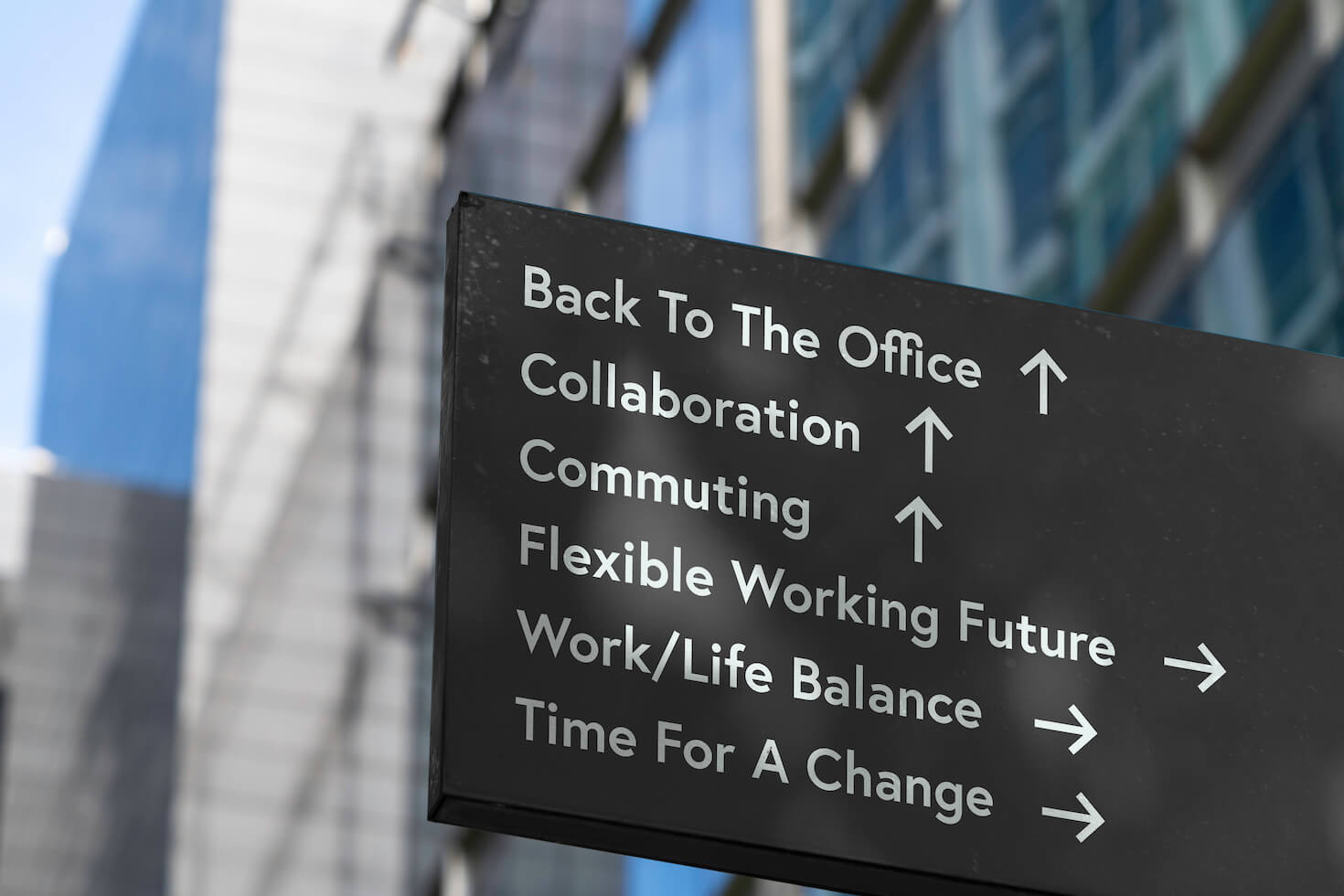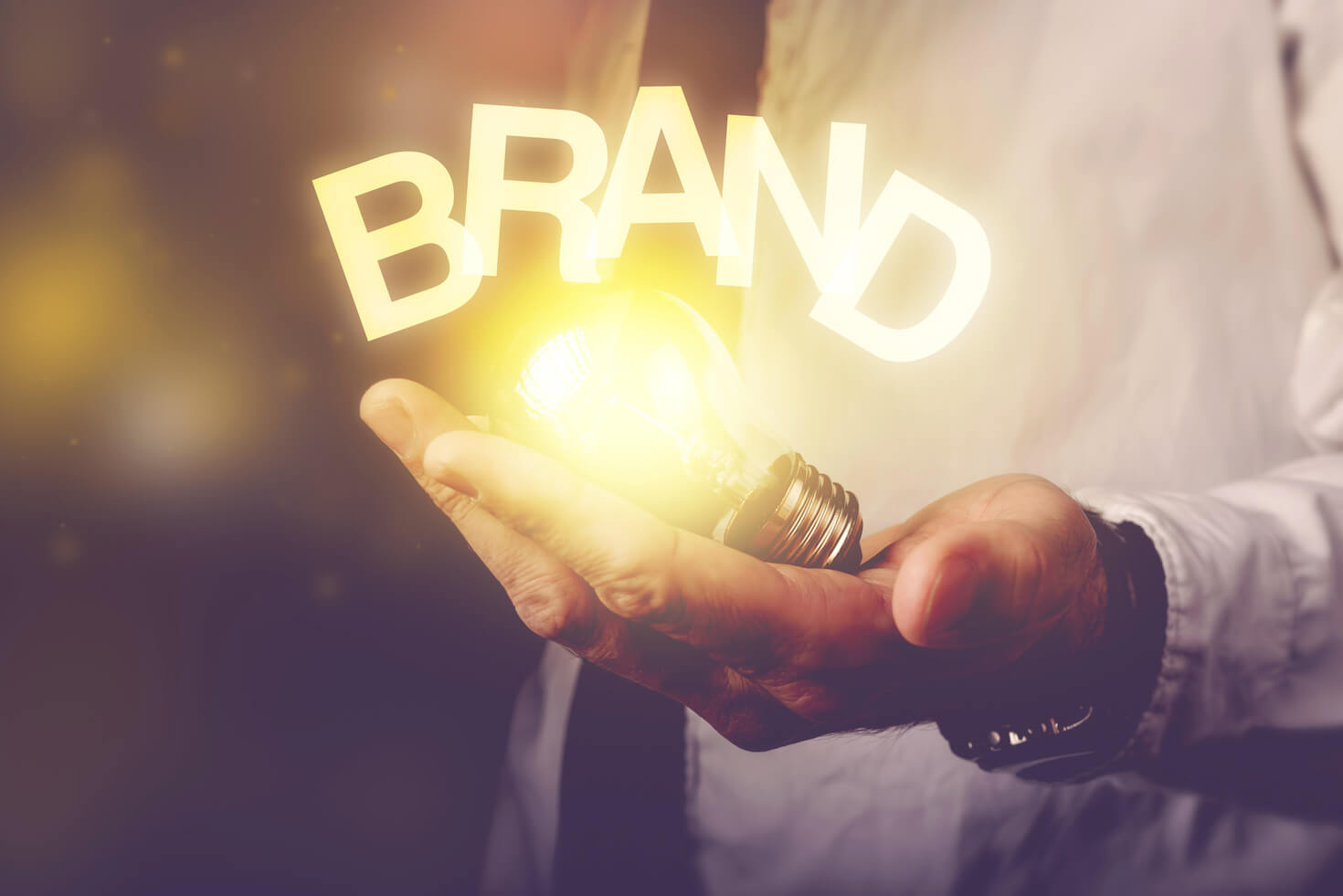Transitioning to a Hybrid Work Model
It is no secret work as we know it has changed significantly since the COVID-19 pandemic catapulted us into a hybrid work model years ahead of time. A 2021 Deloitte survey into the “state of union” for businesses found that 57% of CEOs said that attracting and recruiting talent was one of their biggest internal issues, followed by designing a post-pandemic workplace (53%) and retaining talent (51%).
From the global uptake of Zoom to Accenture using the Metaverse to connect employees together, the changes in behaviour and the way we work have been profound in the past two years. Employees have seen the advantages of more flexibility and have proven to leaders they can still be efficient; encouraging them to embrace the Hybrid model.
The pandemic has forced companies to adopt technologies of virtual work rapidly. What we now know for certain is that the way the workplace looks and performs today will not be the same in 6 months or even a year’s time.
This presents multiple challenges for businesses as they try to adapt and thrive in an evolving and competitive market. Organisations must begin to strategically dissect these issues and create a workplace that is compelling for employees on a variety of levels.
Through extensive research with hundreds of employees and employers from companies large and small, Future X Collective has identified the key questions and challenges workplaces are facing, providing expert insights into what leaders need to consider in order to overcome issues and leverage the gains of the past two years and what makes employees feel engaged.
1. How do I bring people back to the office?
Hybrid work offers a more flexible schedule where employees can complete simple non-work-related tasks, such as running a load of laundry or taking their dog for a walk, whilst also completing their regular work. This, in combination with not having to commute to and from the office, has saved Australians valuable time and money.
However, this high level of flexibility can easily blur the line between home and work, resulting in extended working times and reduced social engagement.
A 2021 report from the Australian Institute, showed that work-from-home settings have increasingly pushed work into the personal hours of employees, as many work late into the evening. Other negative outcomes associated with working from home are the limitations to team effectiveness, creativity, and career opportunities due to decreased social interactions with colleagues.
Organisations need to create workplaces that are part of an overall attraction/retention strategy and focus on filling the gaps that working-from-home environments cannot fulfil. When in the office, employees should be encouraged to participate in social and wellness activities such as team outings, celebrations and rewards/acknowledgements, work anniversaries and so on. A positive workplace culture increases employee engagement, which in turn leads to improved performance and motivation whilst also encouraging staff retention.
2. Does the workplace need to be downsized?
As the hybrid work model means fewer employees are spending an entire week in the office, downsizing seems like a solution in saving on rent. However, a business must first review whether the office space is ‘fit for purpose’ and aligned with the different collaborative, social and focussed activities that people now want the workplace environment to support.
A 2021 survey conducted by Dexus, found that 20% of its clients need more office space and nearly 80% of people want to work in the office three days or more a week. Employers should look at how they can optimize their floorspace to create an environment where staff want to be, with an adaptive mindset as needs change and grow.
The hybrid work model requires a mix of collaborative and focused spaces. Modifying, rather than reducing, your existing space to be more appealing and future-proofed for staff is key, as the long-term impact of this on staff retention will likely outweigh the cost of rent; around 80% of an organisation’s costs are related to people (wages, etc) whilst the fit out cost is typically around 2-3% of these overall costs.
3. How do I use the workplace to attract and retain staff?
With the unemployment rate in Australia hovering around 3.5%, the lowest it has been in the last 50 years, Australian employees have a high volume of opportunities available leaving businesses from all sectors battling a significant ‘war for talent’.
Understanding what is enticing employees to accept new job offers is a great indicator of ways in which workplaces can be optimised, assisting with retaining employees, as well as attracting new ones. Any environment that has not been updated since before the pandemic is likely outdated and will therefore need review. The overall workplace experience plays a significant role, and the following should be considered:
- Facilitating Social Connections: It is important for organisations to provide a workplace that is engaging and social. This can be done in so many ways like; creating a ‘team day’ where everyone is in the office together, weekly lunches, work anniversary/ birthday celebrations. This generates stronger, more meaningful relationships between the team, and build the feeling of being part of a purpose driven organisation. A connected workplace leads to a better workplace culture through the increase in social interactions.
- Professional Development: Using the workplace to host workshops, learning & development, and networking events focused on strengthening industry skills, creates the opportunity for staff to learn and continue advancing in their professional career paths. These activities are more than likely a blend of virtual and physical interactions, so leveraging technology to make this a seamless experience will be key.
- Better Work VS Life Balance: Workplaces need to inspire workers to maintain a healthy balance between their work and personal life. Providing employees with wellbeing tools, both virtual and physical, is key. This can include standing height desks, biophilic design, and considering a range of neurodiverse conditions in the interior fitout of the environment.
Click here to learn more on supporting employees in hybrid workplaces.
Future X Collective works with clients to drive new workplace strategies – click here for information on how we help you transform your office to a thriving hybrid model.



